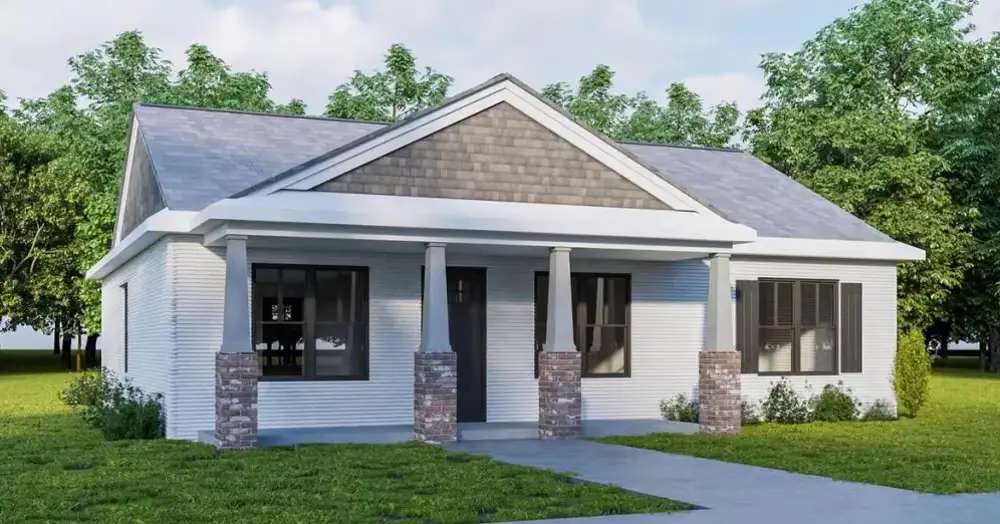There’s no doubt that 3D printing technology is revolutionizing the manufacturing sector. But did you know that this technology is also starting to make inroads in the building and construction industry? That’s right—3D printing is beginning to change the way buildings are designed and constructed. Below we describe the ways in which 3D printing is being used in the building and construction industry today.
1) Constructing Homes with 3D Printing
Habitable 3D-printed houses are now a reality. Earlier this year, we saw companies like Habitat for Humanity using 3D printing to print an entire home in WIlliamsburg, Virginia. This is not only interesting, but it’s a great step in fighting against homelessness as it’s cheaper.
There are more other companies around the world that are using large-scale 3D printers to construct buildings. Examples of such companies include Apis Cor, Be More 3D, and COBOD.
And while this technology is still in its early stages, it has great potential for mass-producing prefabricated building components that can be assembled onsite much more quickly than traditional methods allow. This not only reduces construction time, but also cuts down on waste and material costs.
2) Designing Prototypes of Buildings

A sample of a 3D printed prototype of a building. Image source:boagworld
Engineers and architects are now utilizing 3D printing to create prototypes of buildings before the actual construction process starts. This is made possible by the availability of easy-to-use software architectural design and CAD programs which allows for creativity and customization in the design process.
Once the design process is completed, engineers can then 3D print the model. If any changes are required, revisions can be done much more quickly and easily. Additionally, one can also create full-scale models of proposed designs, which can then be tested for strength, durability, and other factors.
3) Creating Artistic Elements in Construction

3D printed building structures. Image source:Dezeen
3D printing is also used in construction industries to create customized fittings and fixtures for buildings. With this technology, complex shapes can be created faster as compared to when other methods are used. For example, with a dual extruder 3D printer that uses two filaments of different colors or materials to print a single object, customized artistic elements and designs for buildings can be created easily, unlike when traditional methods are used. This allows for greater customization and the ability to create more intricate designs.
While 3D printing can be used to create nearly any type of artistic element, there are some limitations. For example, the object’s size is limited by the size of the printer. Additionally, objects that are too intricate or have too many small details may be difficult to print accurately. For this case, it’s always important to work with a skilled and experienced 3D designer who understands the capabilities and limitations of the technology.
4) To Construct Homes on Mars

3D printed house on mars. Image credit: thespaces.com
As we look forward to colonizing mass, researchers and architects are now using 3D printing to print homes for Mars. In an article published on thespaces.com, NASA backs the designs of 3D printed homes on Mars created by AI Space factory. The 3D-printed house, which looked like a beehive, can accommodate four people. The house was 3D printed using renewable bioplastic and materials from the Red Planet.
In case humanity inhabits Mars, there would be a need for permanent dwellings for the human settlers who choose to make the Red Planet their home. There would also be a need for structures in which to house the all-important Mars rovers and other equipment. 3D printing is offering a unique solution to both of these challenges.
Conclusion
There’s no doubt that 3D printing technology is changing the landscape of the building and construction industry. From its use in the creation of prototypes of buildings to actually 3D printing them, 3D printing is slowly but surely making its presence felt in this industry. It’s only a matter of time before this technology becomes commonplace.
